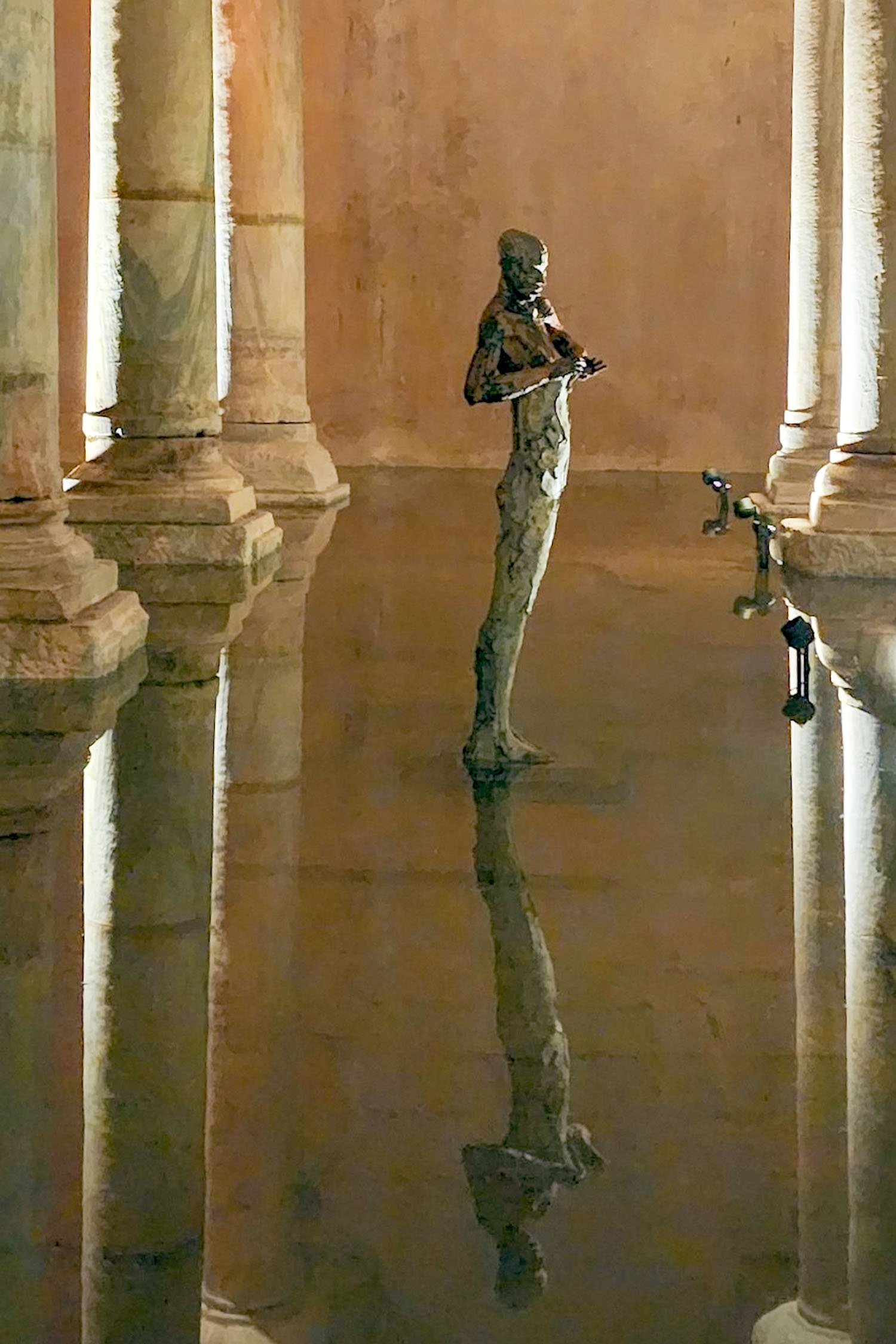

Straddling the mighty Bosphorus Strait, half in Asia and the other half in Europe, Turkey’s capital Istanbul has retained its east-meets-west uniqueness since the beginning of time.
While you’ll discover stunning market bazaars and massive mosques above ground, one of its most historical and unusual attractions is below this ancient city – the Basilica Cistern. The largest of over 80 cisterns weaving their way beneath Istanbul, the Basilica Cistern stretches over 140 metres long and 70 metres wide.
Situated in the heart of Sultanahmet, the entrance is across the street from Hagia Sophia and close to the Blue Mosque and Topkapi Palace. It was built in 532 during the reign of the Byzantine Emperor, Justinian 1, to supply fresh water for the Great Palace of Constantinople and several other buildings on First Hill.
Basilica Cistern takes its name from the great Stoa Basilica built around the 3rd and 4th centuries, which stood above ground until a fire destroyed it during the Nika riots in 476. When a Roman general, Flavius Illus, reconstructed the basilica for the Emperor, it was underground, hence locals calling it Yerebatan Sarayi or ‘Sunken Palace’.
In 1453, the cistern was forgotten about for centuries after the Ottomans took back Istanbul and installed their own drinking and cooking water supply system. But not by the residents that lived above its waterways. In 1545 while looking for Byzantine antiquities, French natural scientist Petrus Gyllius saw people collecting fresh water and fish through holes in their basement floors.
The water comes from the Belgrade Forest, 19 kilometres from the city, via two specially constructed aqueducts, each around 10 metres in length. Basilica Cistern can hold up to 80,000 cubic metres of water. Its five-metre brick walls and brick floor are kept waterproof by Khorasan mortar.
